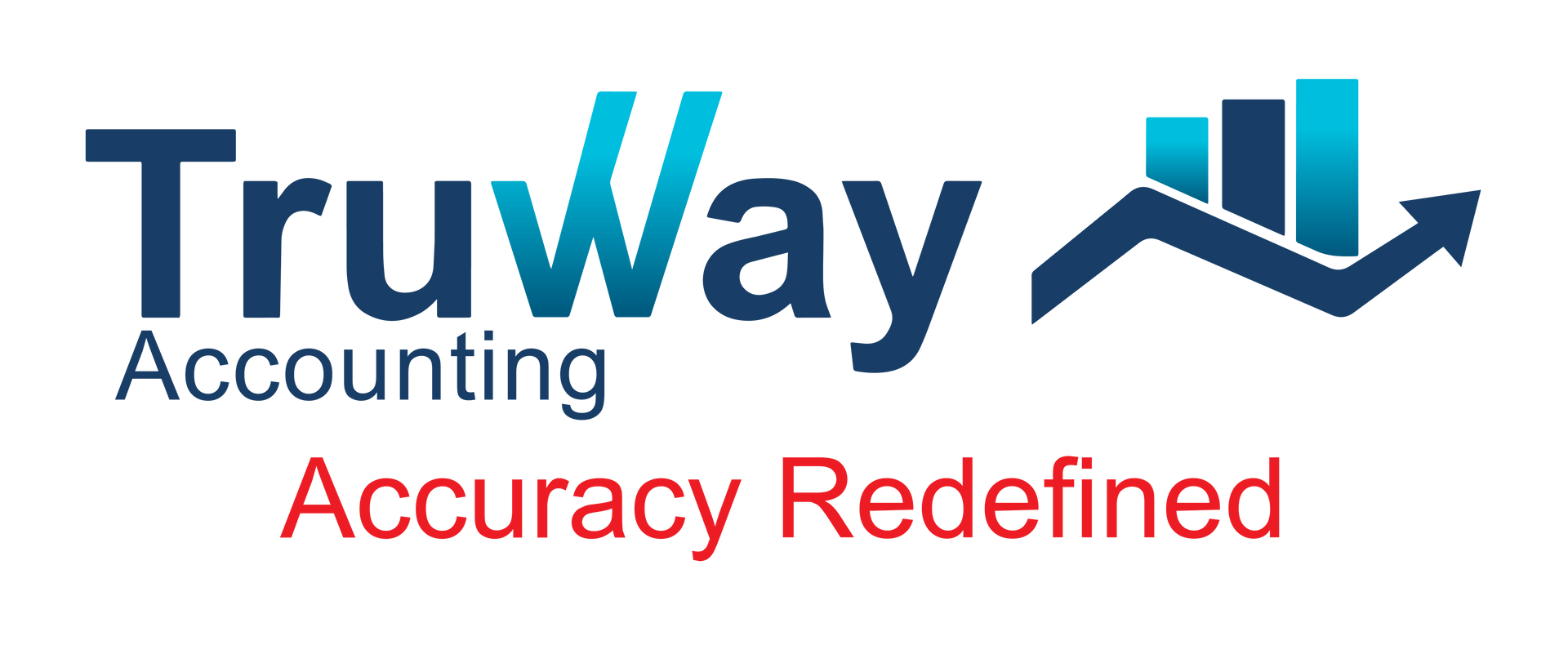Self-assessed tax return: Guide for Self Employed & Business Owners
It's almost time to file your self-assessment tax return. If you're self-employed, it's that time of year again. The official deadline is 31 October 2021 – but it can be extended, if you use Revenue’s Pay and File system to both pay and file through ROS (Revenue Online Service).
To help you along the way when it comes to filing your tax return, read this guide for tips on registering for self-assessment and submitting your return.
Let's get Started
How to register for self-assessment?
How to complete a self-assessment tax return
You can claim certain business expenses against tax, such as rent, lighting and heating, accountancy fees, and interest paid on business loans.
Once you’re registered, you fill out a Form 11 online. Your tax liability will comprise two elements: the balance of income tax payable from 2020 and a preliminary tax liability for 2021.
The preliminary tax should usually be 90% of the current year liability. Once you know your total liability, you make your payment via ROS.
Though you don’t have to submit any supporting documents such as invoices, bank statement and receipts, you need to keep them. Because if Revenue ever audits you, you’ll be expected to provide those documents.
Tax rates
Tax rates are the same as for PAYE workers.
If you’re a single person, the first €35,300 is taxed at 20% and the balance is taxed at 40%. If you’re married or in a civil partnership with one income, the first €44,300 is taxed at 20% and the balance at 40%.
If you’re married or in a civil partnership with two incomes and doing a joint assessment, it’s a little more complicated but in principle, a married couple pays less tax than two single people, but not significantly less.
You also have to pay USC (Universal Social Charge) and PRSI (Pay Related Social Insurance) on top of your tax liability and these are both charged on your gross income.
Some good news for the self-employed is that since 2016, self-employed workers are entitled to an earned income tax credit. This was introduced to in some way level the playing field with PAYE workers, who receive a PAYE tax credit of €1,650.
The earned income tax credit is €1,500 for this year’s tax returns.
Once your tax has been calculated, ROS subtracts your tax credit to reduce the amount you actually have to pay.
Penalty for late filing
The tax due is increased by a financial penalty for late filing. If you submit your tax return within two months of the deadline, your surcharged will be 5%.
If it’s filed more than two months after the submission deadline, the surcharge will be 10% and, in addition, interest will be charged on the tax due at a rate of approximately 10% per annum.
Your deadline day
On deadline day, ROS could slow down because many of the other 700,000 self-assessed taxpayers are trying to log in.
So give yourself the time to make sure your numbers are correct, you have the required information to hand and you file your self-assessment tax return in plenty of time.





